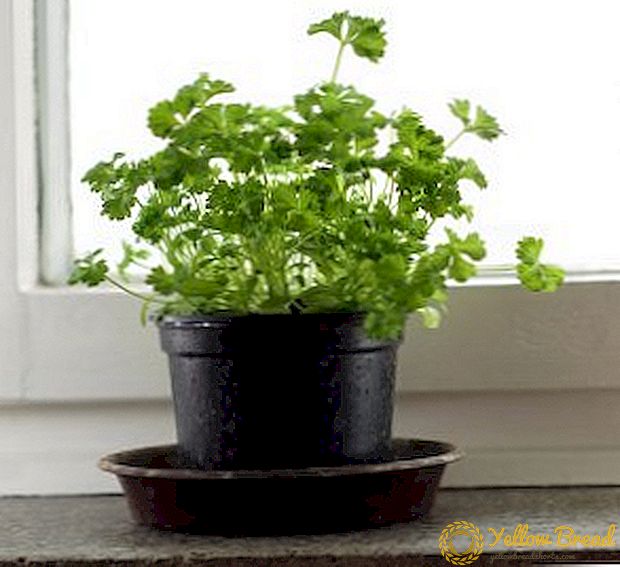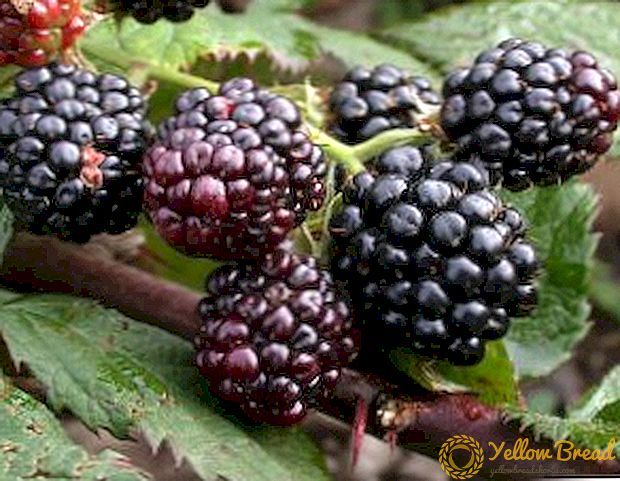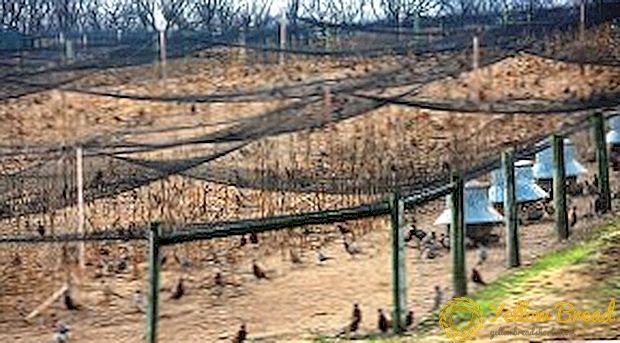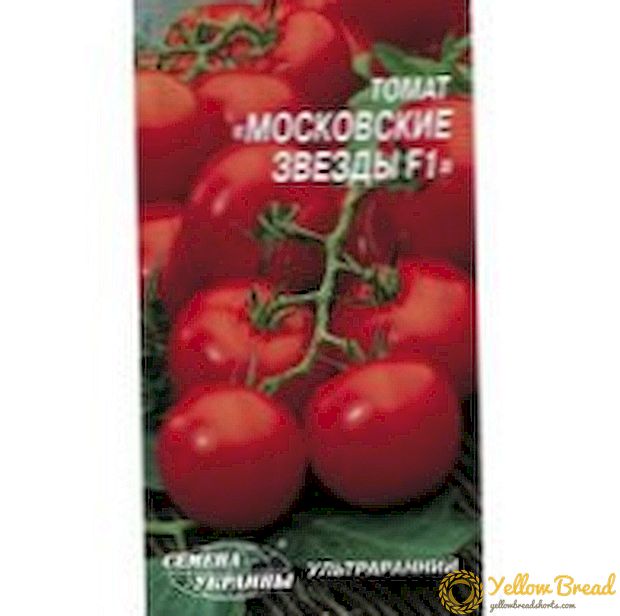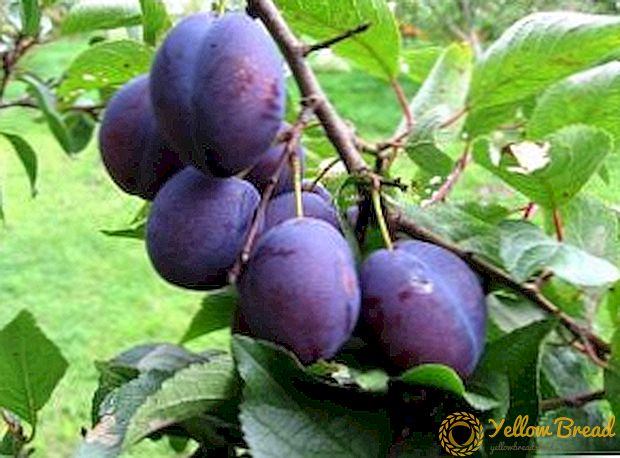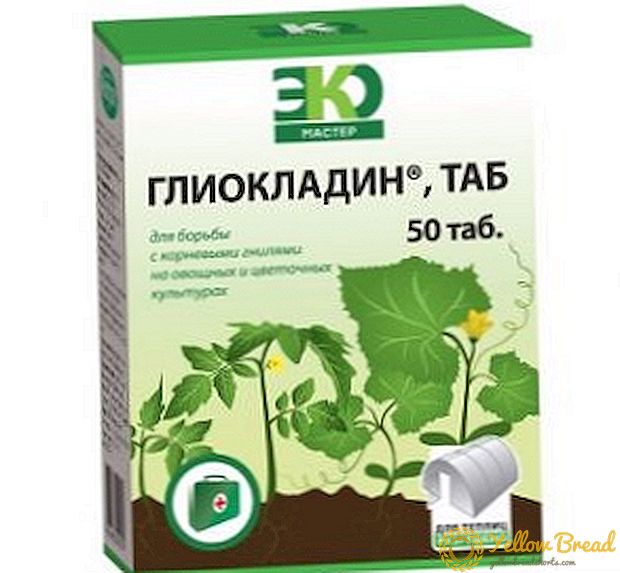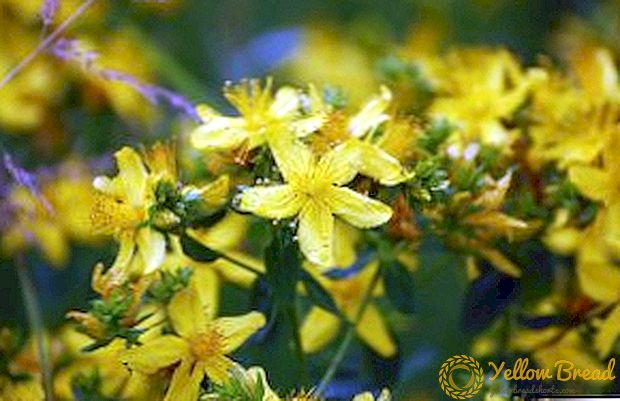 For a long time, the herb St. John's wort is considered by the people to be a very useful medicinal plant that treats so many different diseases.
For a long time, the herb St. John's wort is considered by the people to be a very useful medicinal plant that treats so many different diseases.
For most people, it is harmless, but rather its toxicity has a very weak negative effect, while in animals and birds it causes serious poisoning, which can even be fatal, and it is because of this that the plant got its name - St. John's wort.
But there is also a version that the St. John's wort received its name due to the fact that it gives a person so much strength that he can overcome any beast. It is about the beast that will be discussed in our article, then we will get acquainted with the description of various species of this flower and their photos.
- Olympic
- Stiff haired
- Holed (ordinary)
- Cup-shaped
- Dyeing
- Four-sided (four-winged)
- Drawn
- Spotted
- Prostrate
- Mountain
- Big
- Gebler
Olympic
Its homeland is considered the European countries of the Mediterranean and Turkey. The height of St. John's wort is 35 cm, and the diameter of the bush is about 25 cm. The rhizome is quite strong, but not deep.
The leaves have the shape of an ellipse, greenish-gray.It blooms with large yellow flowers with a diameter of up to 6 cm, which are collected in apical semi-umbels. Flowering falls at the end of July or beginning of August, in greenhouses and flower beds begins to bloom three years after planting.
The plant is freely propagated both by the seed method and by dividing the roots. With decorative growing in transplant does not need. With respect to soil, it is undemanding, but loam is considered the best option for its good growth.  As for lighting, it should be in an open, sunny place, if you put it in the shade, then the probability that it will bloom will be very small. Does not need frequent watering, badly tolerates stagnant water. St. John's wort is often used for urban greening.
As for lighting, it should be in an open, sunny place, if you put it in the shade, then the probability that it will bloom will be very small. Does not need frequent watering, badly tolerates stagnant water. St. John's wort is often used for urban greening.
Stiff haired
Hypericus pericus is also known as hairy - it is a grassy perennial from Asia Minor and northern Africa, which is half a meter to a meter high. The root system is creeping, the thickness of the roots is about 2 mm.
The stem of the flower is soft, cylindrical without longitudinal furrows. The whole plant is covered with hairs of reddish color.Sometimes you can find specimens that have almost no hair, it can be found only at the top.
The leaves are soft, elliptical in shape, their length varies from 1 cm to 5 cm, and width from 1 cm to 2 cm. The color of the leaves is bluish-green.
 The yellow flowers form a panicle, the length of which ranges from 4 cm to 20 cm. The flowering comes at the end of July and all of August, and the fruits appear in September.
The yellow flowers form a panicle, the length of which ranges from 4 cm to 20 cm. The flowering comes at the end of July and all of August, and the fruits appear in September.The main places where a stiff-haired wort grows are wooded valleys and slopes, ravines, and pebbles. In mountainous areas can rise to a height of 2.8 km.
Holed (ordinary)
Hypericum perforatum or ordinary refers to the most used medicinal plants, and is also used in the food industry. This flower can be found everywhere, it grows in forests, steppes, on the outskirts of fields.
 Distributed throughout Europe and Asia, St. John's wort is well established in Japan, New Zealand and Australia.
Distributed throughout Europe and Asia, St. John's wort is well established in Japan, New Zealand and Australia.
This plant is 80 cm tall and has a thin but strong root system.The stem is cylindrical, smooth, at the beginning of growth of a green color, but later on it becomes a dark red shade or becomes completely red.
On the stem, two furrows are well marked. Characterized by the presence of secretory containers with dark brown contents.
Hypericum leaves are oblong, ovate or elliptical in shape, can be up to 3 cm in length, and up to 2 cm in width. They have numerous light and dark pieces of iron, which creates the appearance of holes, hence the name is holed.
The flowers are yellow with a diameter of about 2 cm, as in the previous cases, form a panicle. Flowering lasts all summer.  Due to the tannins contained in the grass, essential oil, beta-sitosteriun, saponin, vitamins C and E, various macro- and microelements, it has been widely used in medicine, they are treated for bruises, suppurations of wounds, ulcers, bone tuberculosis, dysentery.
Due to the tannins contained in the grass, essential oil, beta-sitosteriun, saponin, vitamins C and E, various macro- and microelements, it has been widely used in medicine, they are treated for bruises, suppurations of wounds, ulcers, bone tuberculosis, dysentery.
Cup-shaped
St. John's wort is a semi-shrub that can reach half a meter in height. The bark has a red-brown color.The leaves are leathery, green, as in other members of the genus, the leaves are elliptical.
Their length varies from 2 cm to 7 cm, and width from 1 cm to 3 cm. The tips of the leaves are blunt or slightly pointed.
Yellow single flowers have a relatively large diameter - about 7 cm. The bracts are an oblong oval, about 1.5 cm long and 0.5 cm wide. Flowering lasts from late May to July, and fruits appear in mid-autumn.
This species prefers open terrain with a large amount of light, but may be in partial shade. Widely distributed in the Balkans and in Turkey, it easily took root in Australia and New Zealand. In Europe it is grown in parks, as a decorative flower. 
Dyeing
This member of the family of the Feline reaches one meter in height. The bark is brown-red. Leaves from 4 cm to 10 cm long and from 1 cm to 6 cm wide (sometimes more). The tips of the leaves are pointed, but there are also blunt, they have a rounded elliptical shape, the leaves below have a gray tint.
Yellow flowers form small, short, umbrella-shaped inflorescences from 3 to 8 flowers in one. The width of the flowers in diameter of about 4 cm.Ovaries are roundish or oval. It blooms throughout June and July.
St. John's wort, as well as its relatives, prefers sunny places, but can grow in shaded areas. For decorative purposes, low varieties are planted on hills and slopes, near garden paths, often used to create landscape compositions.
High varieties are often planted with other perennials to create a hedge. Hypericum dyeing distributed in North Africa, almost throughout Europe, in Turkey and the Caucasus. 
Four-sided (four-winged)
Hypericum tetrahedral is very similar to ordinary. It can be distinguished from the ordinary one by four longitudinal sharp edges on the stem, while in the ordinary stem there is a cylindrical stem with two furrows.
Sepals have no yellowish cilia at the edges. There are black dots on the flower petals.
Distributed in eastern Europe and Asia. It is not recommended to use it for medical purposes due to the high content of toxic substances. 
Drawn
This plant has straight, cylindrical stems that have two, and sometimes more ribs. The height of the bush does not exceed half a meter. Pieces of iron are represented as rare dark dashes and dots.
The leaves are tight to the stem and are opposite each other. Their shape is oval or elliptical, their tips are blunt. The length is from 2 cm to 4 cm, and the width is from 0.5 cm to 1 cm.
Flowers of pale yellow color, with a diameter of about 3 cm, are often not numerous, but large inflorescences can be found in the form of panicles up to 17 cm long, single flowers are less common. Flowering begins in July and ends in September.  In the wild, this plant can be found in the steppes, on the slopes of ravines, small mountains, on the banks of rivers. Distributed in Mongolia, Korea.
In the wild, this plant can be found in the steppes, on the slopes of ravines, small mountains, on the banks of rivers. Distributed in Mongolia, Korea.
Spotted
Hypericum spotted is a perennial erect plant, reaching a height of 30 cm to 70 cm. It differs from other subspecies by the presence of broad sepals and a stem with four prominent ribs.
Hypericum colors are often brown, sometimes reddish. The flowers are small, not more than 2 cm, golden in color, located in the upper part of the plant and collected in a rarefied inflorescence. In the process of ripening, a box with small seeds is formed.
This species is distributed throughout Europe, as well as in the southern regions of Siberia. It can most often be found on dry high-grass meadows, along the banks of rivers and lakes, along the roadsides. It has high healing properties and is used for medical purposes.

Prostrate
St. John's wort is a ground cover annual, whose stems branch out and reach a length of more than 10 cm. But sometimes there are erect, rather branched, bare plants that form up to 15 cm tall sods.
The leaves are small, elongated, with a small spike at the end. The flowers are also medium-sized, up to 1 cm in diameter, solitary or collected in small loose inflorescences. Petals of yellow color, with the presence of black dot glands.
It blooms all summer, but rather moisture-loving and does not tolerate shade. One of the advantages of this type is high frost resistance. Hypericum sprawling comfortably grows in the Western and Central parts of Europe in the fields, meadows and arable land. 
Mountain
St. John's wort is found in deciduous forests, overgrown with scrub slopes throughout the European part of Russia, Ukraine, Belarus and even in the Caucasus.
It is characterized by the presence of straight simple stems that can branch a little and reach more than half a meter. The leaves are oval-shaped, large from 5 cm to 6 cm, with a slight roughness below, usually located on the top of the plant.
The flowers are yellow, collected in capitate inflorescences. It is used both in the decorative, and medical purposes. 
Big
St. John's wort is a herbaceous plant, over a meter high. Its stems are erect, sometimes branching at the top. The leaves are oblong in shape, slightly pointed, on the back side they get a gray tint, attached to the stem opposite each other.
During flowering, quite large yellow flowers appear, arranged singly or up to 5 on the tips of the stems or branches. The flowering period is short - from June to July.
In nature, it is found in pine and birch forests, among shrubs, along rivers and lakes in Siberia and the Far East. Thanks to the rapid acclimatization of St. John's wort, it spread to China, Japan, the United States and Canada. 
Gebler
This perennial is very rare and listed in the Red Book in many regions. Its stem is brown-red in color, has four faces, reaching a height of just over half a meter.
The leaflets are opposite, oblong-oval in shape, blunt at the ends, have transparent glands. The flowers are yellow, sometimes bright yellow. Occurs in Asia, grows on forest edges, in large thickets of bushes, on the banks of rivers.  St. John's wort is an ornamental and medicinal plant that has been known by the people for a very long time, and its various varieties can be found almost everywhere.
St. John's wort is an ornamental and medicinal plant that has been known by the people for a very long time, and its various varieties can be found almost everywhere.

